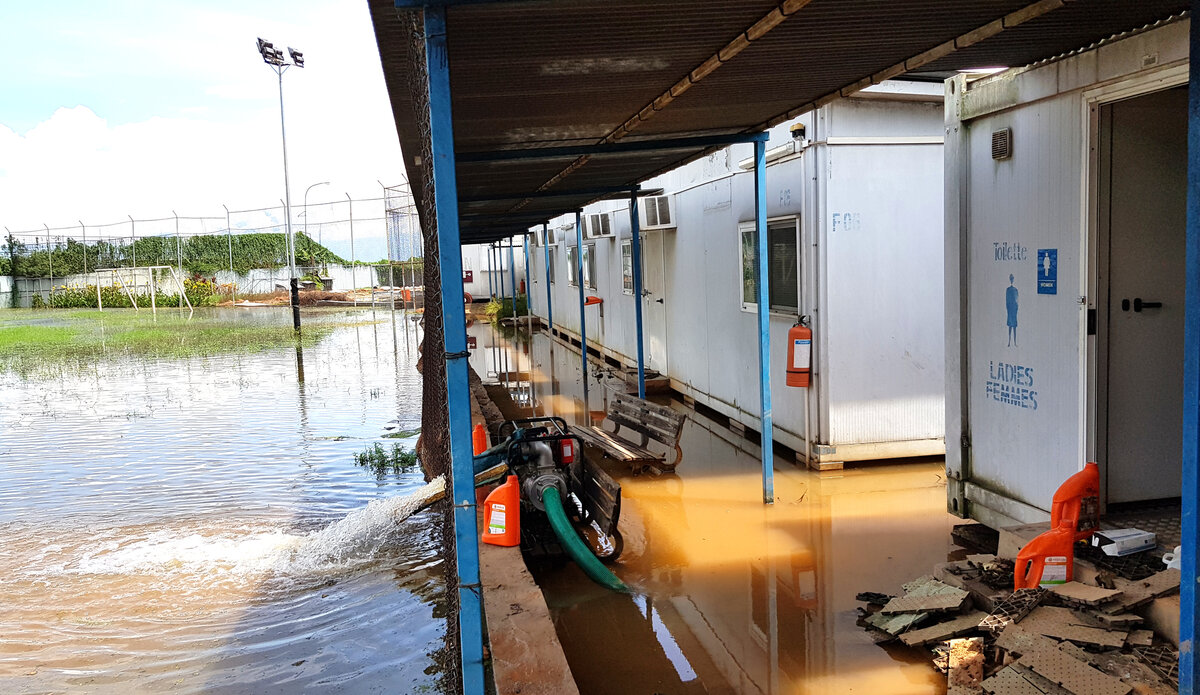OSESG-B moves units, equipment as water levels rise in Lake Tanganyika
Commuters in Bujumbura, especially on Avenue de la Plage have for close to a month now stopped and stared in awe, as the waters of Lake Tanganyika rise to levels not seen in years.
In Burundi’s commercial hub the shores of the lake have since mid-April been submerged for the most part, stalling business on beach hangouts and threatening buildings and other property lining the waterfront.
Climate watchers have also reported even more dramatic water volumes elsewhere in East Africa as rivers, flooding from unusually heavy seasonal rains, empty into lakes straddling the Rift Valley.
“I haven’t seen anything like this for the past 15 years that I’ve lived and worked here,” notes Olisco Kayea of the Engineering department at OSESG-B. The entire west end of the office along Gatumba Road on Lake Tanganyika’s northeastern shoreline is presently knee-deep in water.
To keep a bad situation from getting worse, Olisco has led the construction of perimeter retention walls to keep the flood waters at bay. However, the inundation comes more from a phenomenally high water table in areas adjoining the lake, than from waves overshooting the shoreline. It follows then that water on the inside of Olisco’s dykes would have to be pumped out without relent until the rains ease or phase out into the dry season, hopefully in June.
But such has been the severity of the flooding that OSESG-B had by the first week of May relocated the bulk of its communication and IT installations, notably the Server Room, to higher ground. So too were its generators, fuel tank and several section offices, including Political Affairs, Security Sector Reform, and Rule of Law.
 UN
UN






